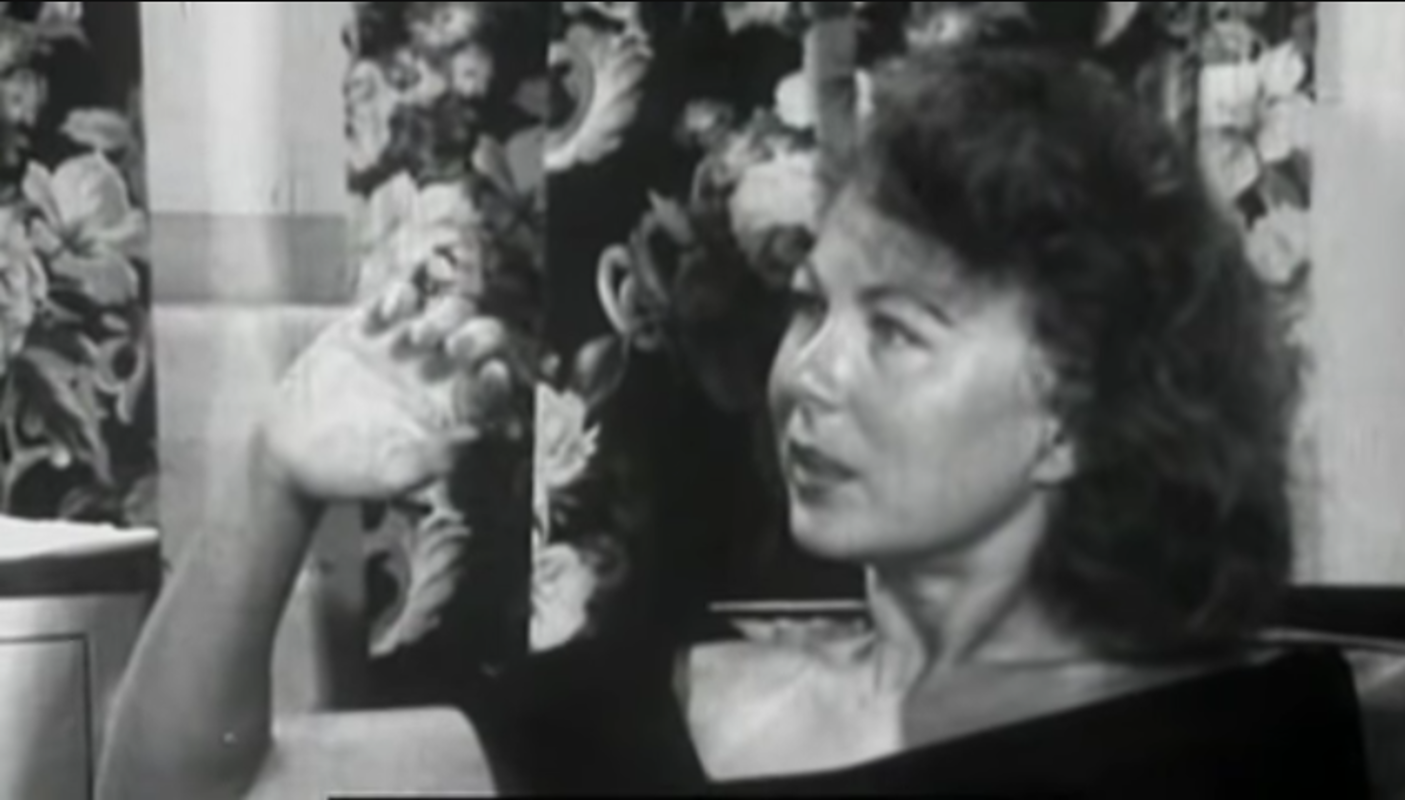
LSD Trial: Tripping with a ‘50s Housewife
Once upon another time in a very different America, an LSD trial had all the formality of joining someone for coffee. Sure there were the odd tests and screenings to ensure the participant wouldn’t bring harm to themselves or others. But for all intents and purposes, the researchers seemed to simply opt for an environment that didn’t get in the way of a good trip.
Take this 1950s LSD trial with an unnamed American housewife. Conducted by Dr. Sidney Cohen at L.A.’s Veterans Administration Hospital during what might have been the height of such research, this trial is without art or artifice, pomp or pretense.
It also features a poised and, frankly, rather fearless young woman. One who’s not only unafraid to take a trip to who-knows-where, but who also has the wherewithal to describe the journey.
An Indescribable Trip
In fact, this so-called “housewife” (their term) excels even when that journey is indescribable.
“I can feel the air… I can see all the molecules… I’m part of it…,” she explains to Dr. Cohen.
“Can’t you see it?”
Dr. Cohen can’t see what she sees, of course. But he can ask questions of his own.
“How do you feel inside?,” asks the good doctor. “Is it all one?”
At first she think oneness would come if she were alone. Then she seems to think better of the situation.
“I am one with what I am.”
Sounds to us like the “I am” which represents You Know Who. (And no, we don’t mean Popeye.)
After some further prompting, our erudite subject says:
“I’ve never seen such infinite beauty.”
Eventually though, the journey becomes harder and harder to describe. It’s not so much that she’s at a loss for words, as it is that she’s reached a place beyond language.
“I wish I could talk in technicolor.”
Though our star may be out of words; she isn’t out of empathy or compassion. Still concerned that Dr. Cohen can’t see what she sees, she concludes:
“If you can’t see it, you’ll never know it.”
Then comes the kicker:
“I feel sorry for you.”
LSD Trial: The Source
ABC News’ Brian Braiker went to the source of this LSD trial when it first made the rounds a dozen or so years ago. That source – Don Lattin – says he stumbled upon the clip in the archives of philosopher Gerald Heard. At the time Lattin had been working on a group biography of Heard, the British writer Aldous Huxley, and AA’s own Bill Wilson.
Lattin reminded Braiker that Wilson did a fair amount of LSD in the ‘50s.
“This surprises people,” he adds. “But Wilson wasn’t doing it to get high; it was to achieve that spiritual awakening.”
LSD Trial & Error
This 1950’s LSD trial should’ve marked a new chapter in mental health treatment rather than helping to arm a war on drugs. Yeah, we know, it takes place a good decade before LSD was tagged a Schedule I drug and nearly a quarter century before the War on Drugs officially started. Nevertheless, it showed a Dr. Cohen who was sure of LSD’s value and a climate where it just might get to be of use.
Cohen would eventually flip his own script and come down on the side of those who swore LSD was a danger. According to his New York Times obituary, he even warned the world that rampant abuse by a “beatnik microculture” “could set back serious research for years.
While we admit that Timothy Leary and the like might’ve inadvertently contributed to LSD’s bad rap, that has more to do with the way he and the so-called “beatnik microculture” was pilloried by the powers-that-be. Authorities just couldn’t square the fact that love was in the air. They especially couldn’t permit such shenanigans to occur during a time of war.
Let’s hope we’ve learned a thing or three since this LSD trial took place.